Blogging Alex Raymond’s Flash Gordon, Part Two – “Monsters of Mongo”
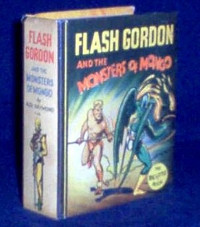 “Monsters of Mongo” was the second installment of Alex Raymond’s FLASH GORDON Sunday comic strip serial for King Features Syndicate. Originally printed between April 15 and November 18, 1934, “Monsters of Mongo” picked up the storyline where the first installment, “Flash Gordon on the Planet Mongo” left off with an unconscious Flash being rescued from Princess Aura by the Lion Men.
“Monsters of Mongo” was the second installment of Alex Raymond’s FLASH GORDON Sunday comic strip serial for King Features Syndicate. Originally printed between April 15 and November 18, 1934, “Monsters of Mongo” picked up the storyline where the first installment, “Flash Gordon on the Planet Mongo” left off with an unconscious Flash being rescued from Princess Aura by the Lion Men.
Alex Raymond really begins to hit his stride in portraying the diversity of life on Mongo in this second installment. Prince Thun and Dale Arden are prisoners of Ming’s soldiers. Thun’s father, King Jugrid has retaliated by destroying the kingdom of the Shark Men. Ming’s soldiers have, in turn, annihilated much of the Lion Men’s fleet.
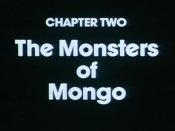 Jugrid orders Aura’s execution. Flash fights to save her life and the two are rescued by Prince Barin. It is in Barin’s kingdom that Flash is at last reunited with Dr. Zarkov. Flash and Zarkov soon form an alliance with Barin and Aura as the unlikely quartet determine to overthrow Emperor Ming.
Jugrid orders Aura’s execution. Flash fights to save her life and the two are rescued by Prince Barin. It is in Barin’s kingdom that Flash is at last reunited with Dr. Zarkov. Flash and Zarkov soon form an alliance with Barin and Aura as the unlikely quartet determine to overthrow Emperor Ming.
Of course, Aura being Ming’s daughter quickly betrays our heroes. The sequence culminates in one of the strip’s iconic images as Barin and Flash power the Electric Mole to burrow their way underground and crash through the floor of Ming’s palace just before he can wed Dale.
The influence of Edgar Rice Burroughs’ AT THE EARTH’S CORE is heavily felt in the Electric Mole sequence, but it is Burroughs’ JOHN CARTER stories that have the greater influence in Raymond’s sophisticated approach in revealing Mongo’s green god, Tao as a hoax.

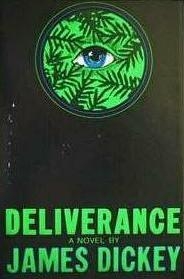 I lay with the flashlight still in one hand, and tried to shape the day. The river ran through it, but before we got back into the current other things were possible. What I thought about mainly was that I was in a place where none—or almost none—of my daily ways of living my life would work; there was not habit I could call on. Is this freedom? I wondered.
I lay with the flashlight still in one hand, and tried to shape the day. The river ran through it, but before we got back into the current other things were possible. What I thought about mainly was that I was in a place where none—or almost none—of my daily ways of living my life would work; there was not habit I could call on. Is this freedom? I wondered.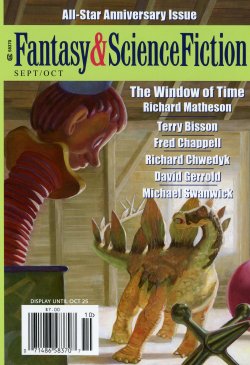 I love these big double issues of Fantasy & Science Fiction (and when did it drop “The Magazine of…” from its name on the cover? A quick look through the back issues I have handy shows it was at least a decade ago, maybe longer. Wow. Thank God my job does not rely on razor-honed powers of observation.)
I love these big double issues of Fantasy & Science Fiction (and when did it drop “The Magazine of…” from its name on the cover? A quick look through the back issues I have handy shows it was at least a decade ago, maybe longer. Wow. Thank God my job does not rely on razor-honed powers of observation.)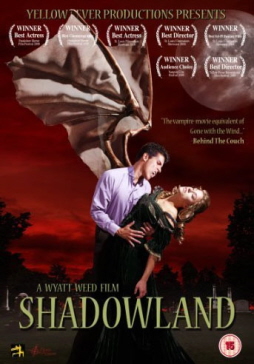 A few weeks back at the
A few weeks back at the 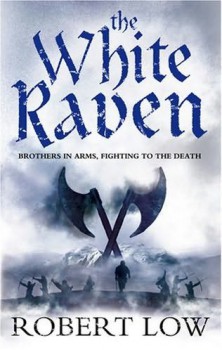 The White Raven
The White Raven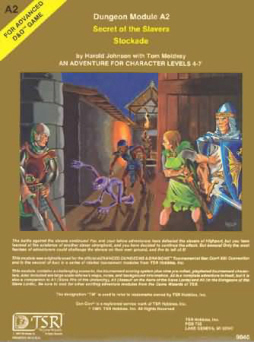 I’m a gamer, a lifer, someone who at the age of thirty-nine doesn’t get to roll dice like it did at nineteen, but I still take a week’s vacation every year to hang out with High School friends and revisit campaigns where characters have been on paper long enough to legally drink in the U.S.
I’m a gamer, a lifer, someone who at the age of thirty-nine doesn’t get to roll dice like it did at nineteen, but I still take a week’s vacation every year to hang out with High School friends and revisit campaigns where characters have been on paper long enough to legally drink in the U.S.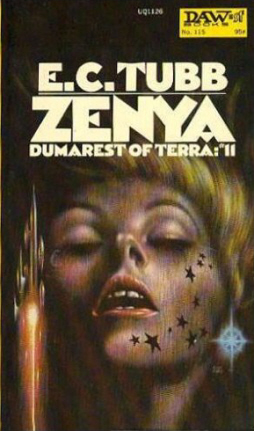 British science fiction author Edwin Charles (“E.C.”) Tubb died on September 10, 2010, at his home in London, England. He was 90 years old.
British science fiction author Edwin Charles (“E.C.”) Tubb died on September 10, 2010, at his home in London, England. He was 90 years old.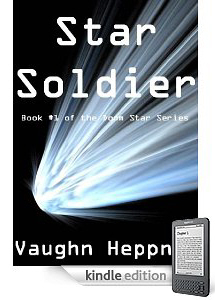 Star Soldier by Vaughn Heppner, Book #1 of the Doom Star Series, has reached the Top of Amazon’s bestseller list for
Star Soldier by Vaughn Heppner, Book #1 of the Doom Star Series, has reached the Top of Amazon’s bestseller list for 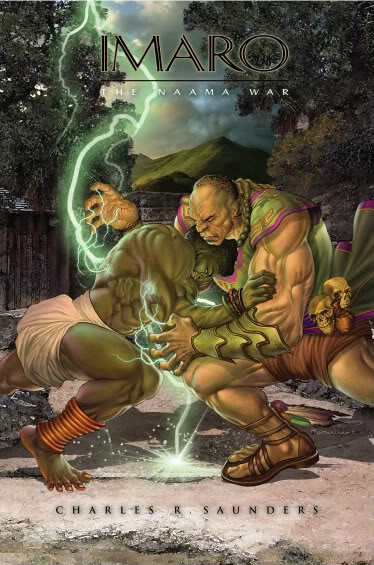 Imaro: The Naama War
Imaro: The Naama War